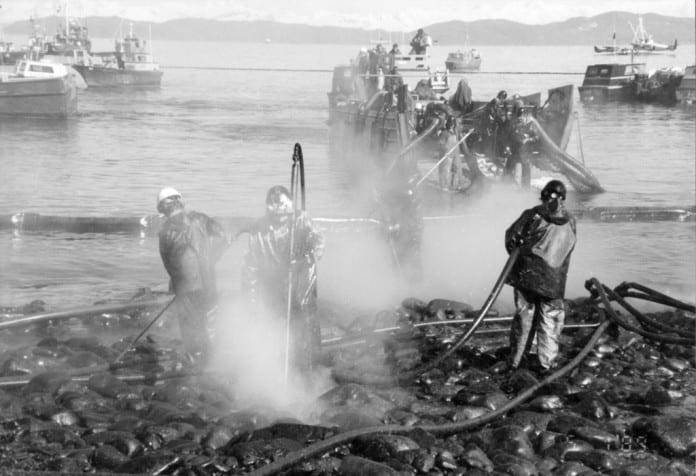
Twenty-eight years ago, the spring dawned bright for Cordova but once again, tragedy was about to strike our working fishing community. Focused marketing had built the Copper River Salmon’s reputation into an unheard of fish phenomenon. Prices were climbing through the roof and fishermen were rewarded for proper handling of their cargo. It couldn’t have been going much better that spring of 1989 – until the early morning hours of March 24th.
That morning just after midnight, the tanker Exxon Valdez struck Bligh Reef spilling 11 million gallons of North Slope crude oil and creating the largest environmental disaster in North American history at the time. Immediately following the grounding the response was slow, poorly coordinated and largely ineffective. Cleanup equipment was limited and not readily available. Then three days later, a storm hit, spreading the oil along 1,400 miles of shoreline.
And no one knew what was to come after those first few days. During the next three years, approximately $2.2 billion would be spent on the cleanup and it involved 11,000 workers, 1,400 vessels and 85 aircraft.
And for that, 3 percent — 11 percent of the oil was recovered.
This photo came from the archives and collections of the Cordova Historical Society.













